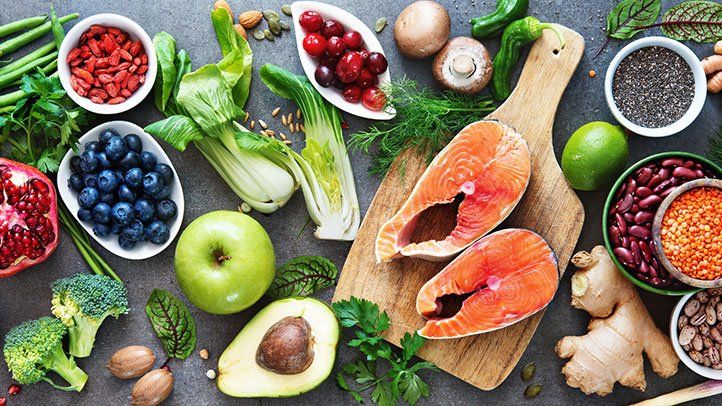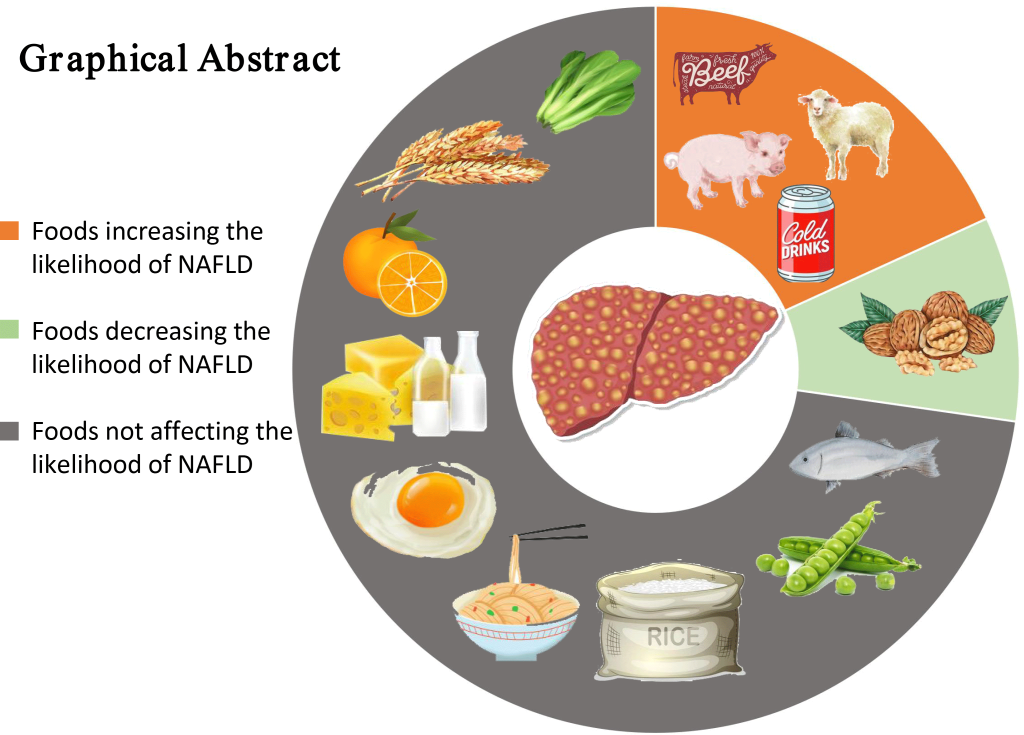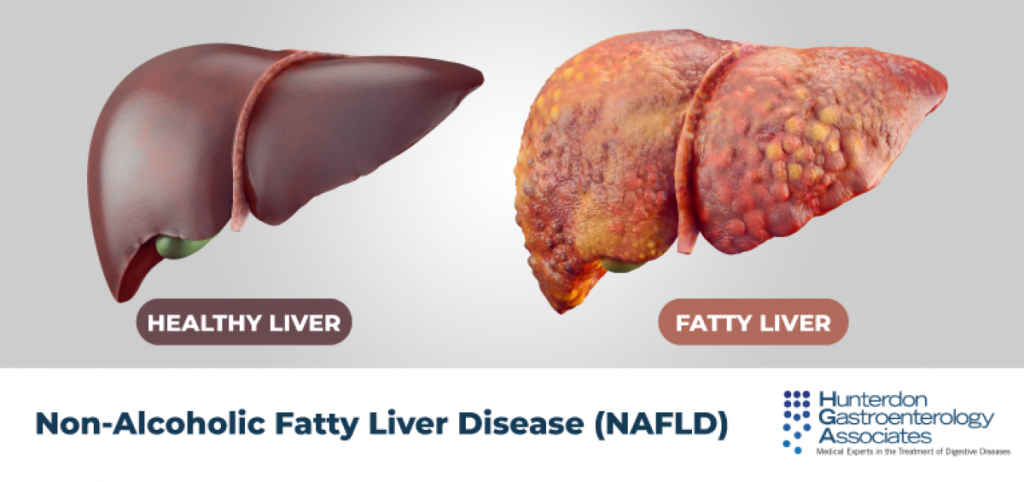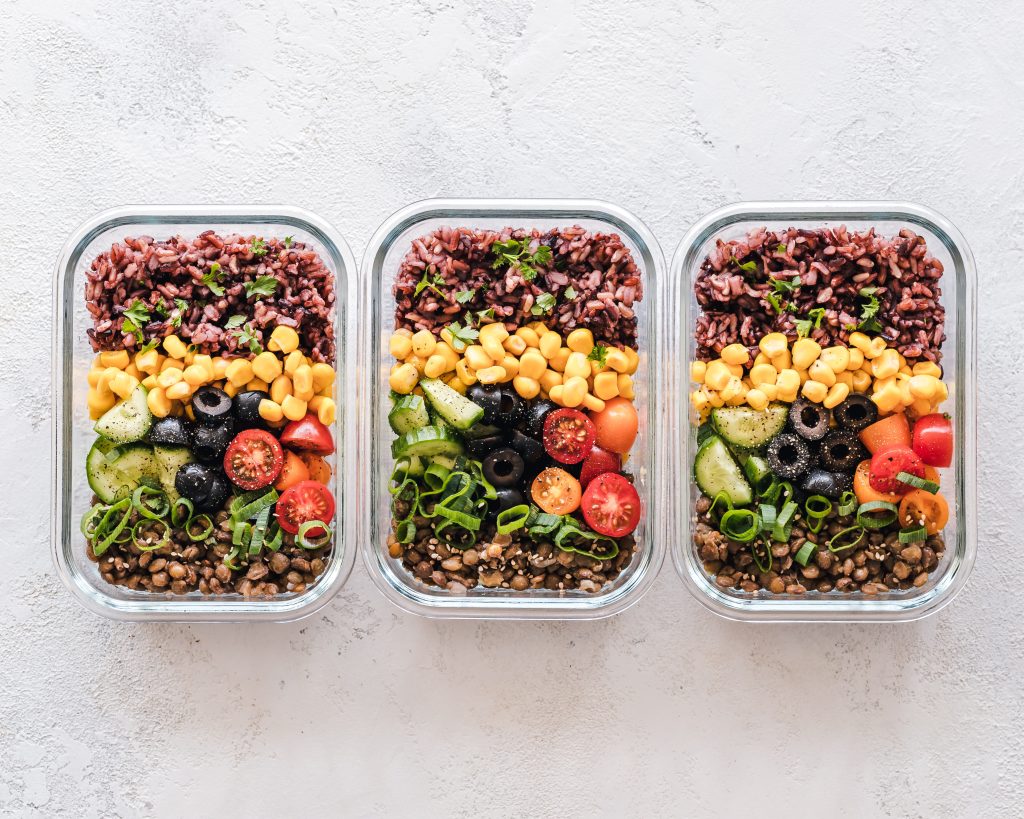
In recent years, the Mediterranean diet has gained popularity and has not just been a passing trend. This eating style is ancient and has health benefits proven by research.
The diet’s popularity stems from its emphasis on fresh, whole foods that are rich in nutrients and antioxidants. Healthy fats found in olive oil, nuts, and fish are important for good health.
Furthermore, this is not a restrictive or fad diet that promises rapid weight loss or other quick fixes. This approach motivates people to make lasting changes in their everyday life by eating better.

Many celebrities and health experts have also endorsed it, further contributing to its popularity. Its appeal lies in its simplicity, accessibility, and delicious taste. With the rise of food blogs and social media. It is easier than ever to find Mediterranean-inspired recipes and meal ideas.
However, it is important to note that the Mediterranean diet is not a one-size-fits-all approach. Individual needs and preferences may vary. Consult a healthcare expert or nutritionist before changing your diet significantly.
In conclusion, we can say that this diet deserves its popularity due to its proven health benefits. Also due to delicious taste and sustainable approach to healthy eating. As more people realize its benefits, it will continue to be popular for improving health and wellness.
What is the Mediterranean diet?
Research has demonstrated that following a Mediterranean diet, which includes vegetables, fruits, whole grains, nuts, legumes, olive oil, and fish, can have a positive impact on health and longevity. Moreover, it emphasizes plant-based foods, making it not a strict set of rules but rather a pattern of eating.
Necessary Component
It is imperative to note that olive oil is an essential component of the Mediterranean diet, boasting high concentrations of monounsaturated fatty acids and antioxidants. Extensive research has unequivocally proven its capacity to significantly reduce cholesterol levels, mitigate inflammation, and enhance cardiovascular health. Olive oil is a healthy substitute for butter and oils, and great for salads.

Incorporating fish into your diet is a crucial component of the Mediterranean diet. Fish is an exceptional source of omega-3 fatty acids, which significantly reduces the risk of heart disease, stroke, and certain types of cancer. Following this diet, it is advisable to include fish in your meals at least twice a week. You have a wide selection of fish to choose from, including salmon, tuna, and sardines.
This diet also includes a variety of fruits and vegetables, which are rich in vitamins, minerals, and antioxidants. Eating certain foods can greatly reduce the risk of chronic illnesses like heart disease, cancer, and diabetes. This diet emphasizes whole grains like brown rice and whole wheat bread, which are rich in fiber and nutrients.
This diet is not only good for your health but is also considered a sustainable way of eating. It emphasizes locally grown foods and encourages the consumption of seasonal produce. The diet also promotes the use of fresh herbs and spices instead of salt to flavor foods, which can reduce the risk of high blood pressure.
Extensive research on the Mediterranean diet has confirmed its numerous health benefits. In fact, a study published in the New England Journal of Medicine revealed that high-risk individuals who supplemented their Mediterranean diet with extra-virgin olive oil or nuts had a significantly lower incidence of major cardiovascular events. Additionally, other studies have shown that this diet can reduce the risk of stroke, improve cognitive function, and lower the risk of type 2 diabetes.
This diet is a well-researched diet that has been shown to provide a range of health benefits. Let’s take a closer look at some of the health benefits of the Mediterranean diet.
- Reduced risk of heart disease
The Mediterranean diet is rich in healthy fats, such as olive oil, nuts, and fish. Eating certain foods can lower LDL cholesterol, which reduces the risk of heart disease. A study published in the New England Journal of Medicine found that a Mediterranean diet supplemented with extra-virgin olive oil or nuts reduced the incidence of major cardiovascular events among high-risk individuals.
- Lower risk of stroke
Studies have found that following the Mediterranean diet can lower the risk of stroke. Following the specified diet can decrease the risk of stroke by 33%.By adhering to the recommended diet, the likelihood of experiencing a stroke decreased by 33%.
- Reduced risk of type 2 diabetes
The Mediterranean diet emphasizes whole grains, fruits, and vegetables, which are high in fiber and low in processed sugars. This makes the diet a great choice for those looking to reduce their risk of type 2 diabetes. Mediterranean diet lowers the risk of type 2 diabetes, per a Journal of Nutrition study.
- Improved cognitive function
The Mediterranean diet may improve cognitive function in older adults, according to a recent study in the Journal of the American Geriatrics Society.
- Weight loss
The Mediterranean diet is not a strict low-calorie diet, but it is rich in fiber, protein, and healthy fats, which can help you feel full and satisfied. A study published in the European Journal of Clinical Nutrition found that following the Mediterranean diet for 12 weeks resulted in significant weight loss.
- Reduced inflammation
The Mediterranean diet is rich in anti-inflammatory foods, such as fruits, vegetables, nuts, and olive oil. These foods have been shown to reduce inflammation in the body, which can reduce the risk of chronic diseases such as heart disease, cancer, and arthritis.
- Longevity
The Mediterranean diet has been linked to a longer life, according to a study in the British Journal of Nutrition.
The Mediterranean diet is linked to various health benefits, including reducing the risk of chronic illnesses and improving cognitive function, weight loss, and lifespan. It’s a great choice for those looking to improve their health.
Conclusion
The Mediterranean diet emphasizes plant-based foods, healthy fats, and fish, making it a healthy and sustainable way of eating. It has been extensively studied and associated with a wide range of health benefits. If you are searching for a healthy and balanced way of eating, the Mediterranean diet is an excellent starting point.











